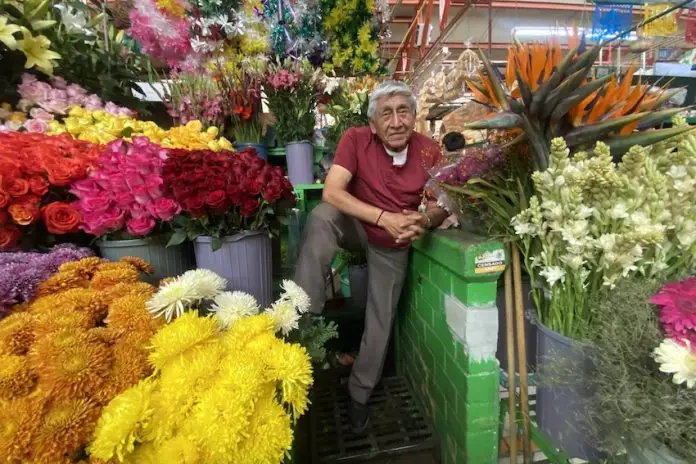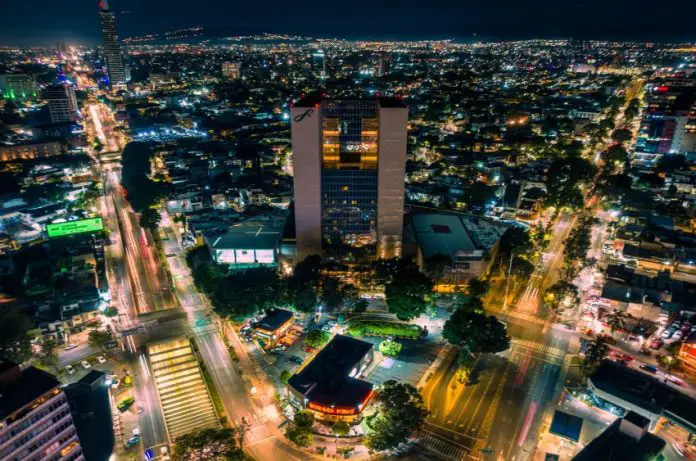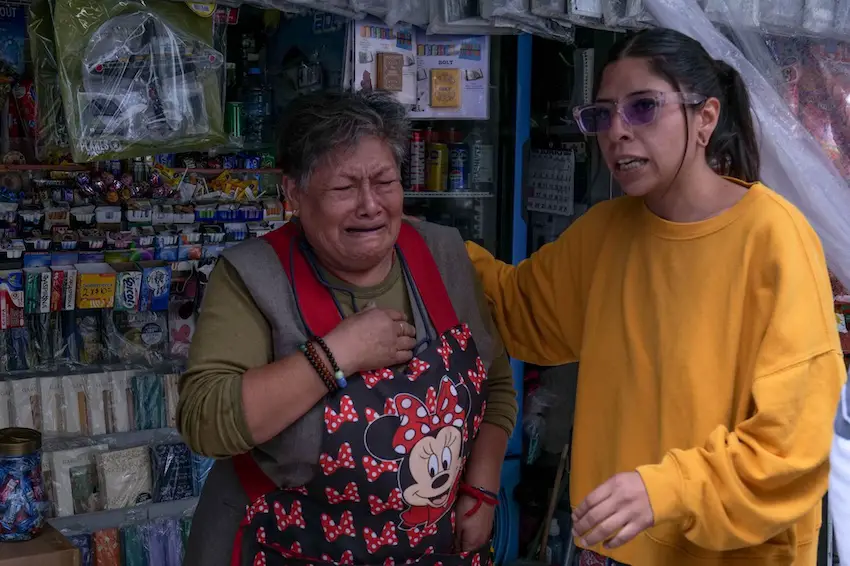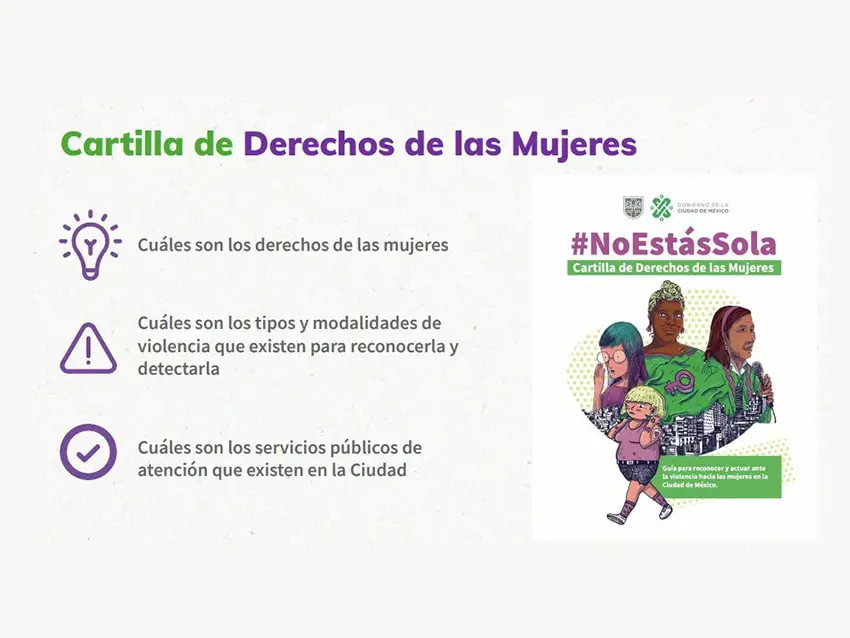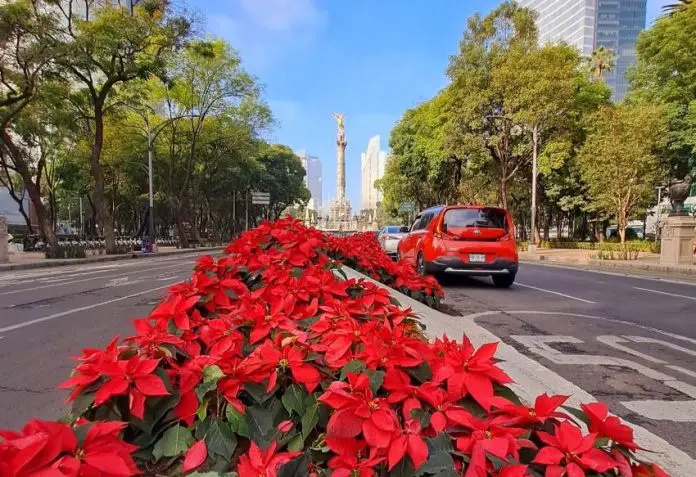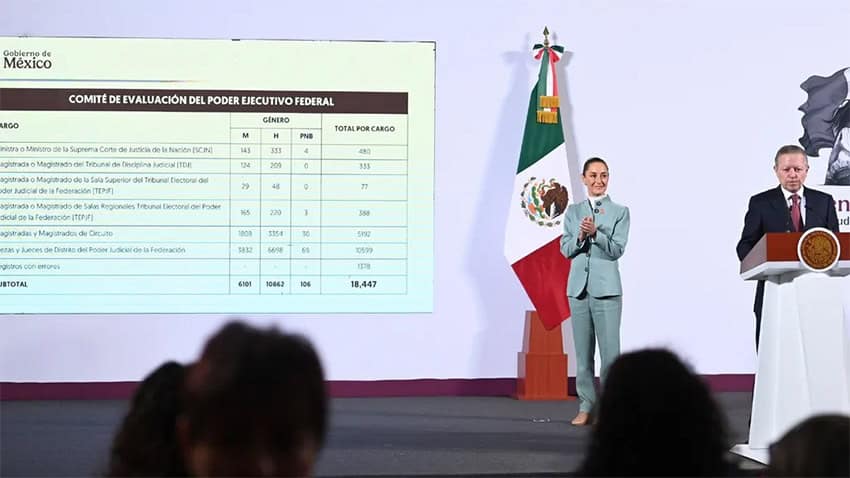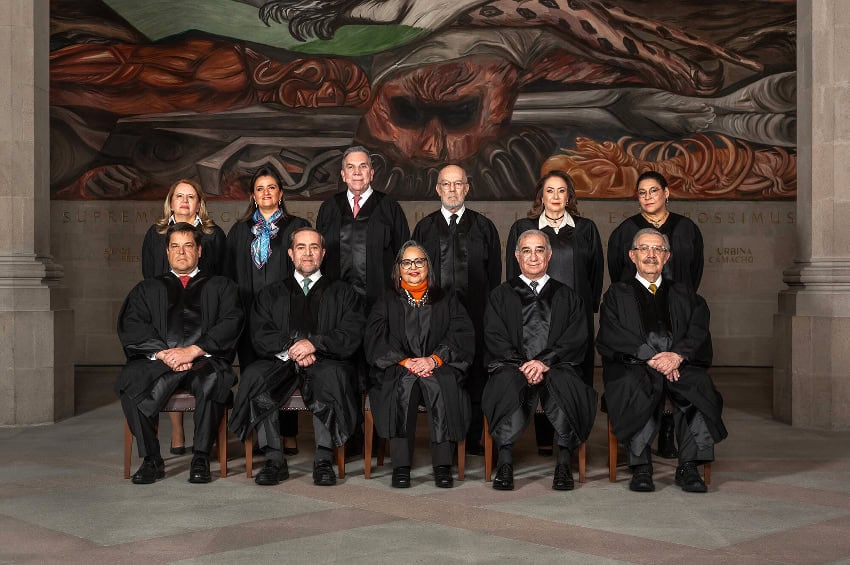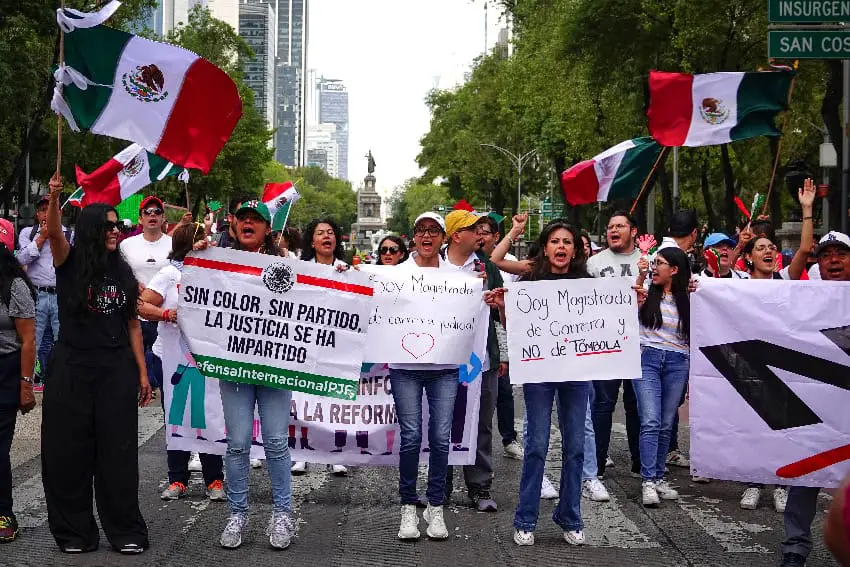No trip to San Miguel de Allende is complete without exploring the Mercado Ignacio Ramírez and the Mercado de Artesanías, bustling hubs of tradition, craftsmanship and community. Just a short walk from the city’s central square, this bustling marketplace offers a quintessentially Mexican experience.
Whether you’re a foodie, an art lover or simply looking to soak up the local vibe, these two markets offer a fascinating shopping experience and an exciting peek into the city’s soul. Locals gather for groceries, friendly conversations and shared meals, while visitors are warmly welcomed.
A kaleidoscope of colors and flavors
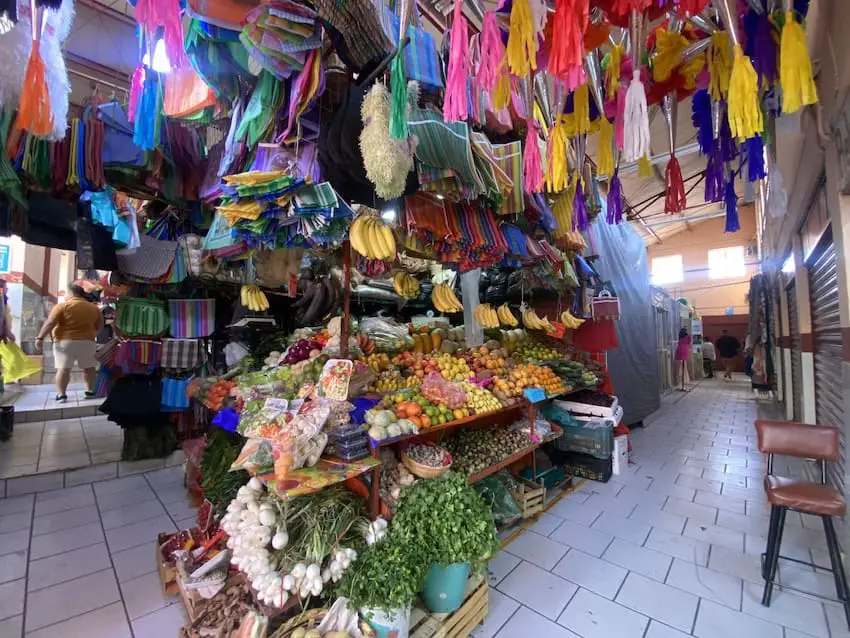
Get ready for a sensory fiesta as you step into these vibrant markets. The air buzzes with energy as vendors showcase their offerings. Stalls are tightly packed and overflowing with a mesmerizing array of goods. Spanning three city blocks and housed under the same roof, these two markets promise a long and amusing stroll: wear comfy shoes!
At the Mercado Ignacio Ramírez, the spotlight is on food, including fresh produce, affordable meals, vibrant flowers and medicinal herbs. Visitors settle onto high stools at the bars of food stalls to enjoy irresistible goodies, from tacos and tortas to fruit juices and ice cream. Every bite here is a taste of tradition served with friendliness.
The Mercado de Artesanías (Crafts Market) is a showcase of local artistry, offering beautifully embroidered textiles that range from clothing to tablecloths, alongside an impressive variety of decorative items crafted from papier-mache, tin and clay. You’ll also discover finely made kitchen tools, including authentic molcajetes, Talavera ceramics and colorful glassware. The market is brimming with treasures, from exquisite jewelry to decorative tiles, mirrors, pewterware, leather goods, wool products, shoes, toys and so much more!
Proud longtime vendors
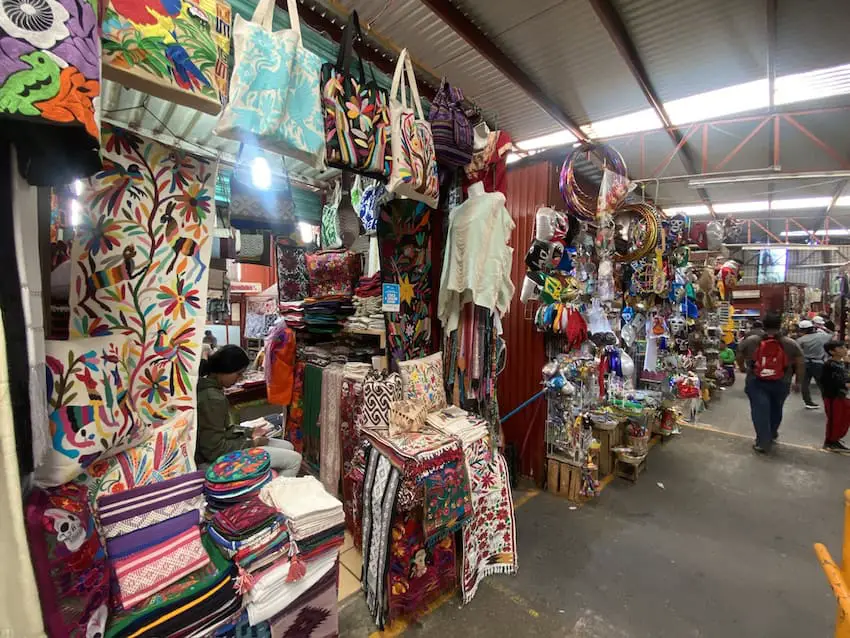
Many vendors at the Mercado Ignacio Ramírez have deep roots in the market’s history, with their stalls passed down through generations. When I asked a few vendors how long they’d been there, most of them replied: Forever! For many, the market has been their home and family’s livelihood since childhood. One vendor fondly recalled how her grandmother’s stall, selling the same types of snacks, was originally located in the nearby Plaza Cívica. The move to the current indoor market, she explained, happened when “El Caballito” was installed.
The ‘little horse’ she mentioned is actually a towering statue of Ignacio Allende on horseback, honoring the San Miguel-born hero of Mexico’s fight for independence. The nearby plaza, where the statue now stands, was once the market’s original venue and heart of the town, before the Jardín Principal became the central gathering place.
At an impressive flower stall, I met Emiliano, the welcoming vendor behind Florería Mary. He proudly continues a family tradition, running the stall that once belonged to his mother. Florería Mary’s vibrant selection includes stunning bird of paradise flowers for just 20 pesos each and radiant roses for 10 pesos, offering both beauty and great value. Emiliano’s charming demeanor, combined with his dedication to preserving his family’s legacy, has made his stall a beloved spot in the market.
Aida Mendoza greeted me warmly at her stall, where she crafts my favorite earrings using tiny, intricately threaded beads. Her jewelry is unique in its technique, which she explains differs from the Wixárika (Huichol) art sold at the neighboring stand. While other Wixárika artisans glue tiny beads onto sculptures, Aida threads them with string to create wearable art. Originally from San Pablito Pahuaclán in the mountains of Puebla, Aida moved to San Miguel and set up her stand five years ago. She speaks softly, feeling self-conscious about her Spanish, which is her second language. Despite this challenge, she has built a thriving business that supports her family. Her children, born in San Miguel de Allende, attend school in Spanish, while Aida and her husband proudly teach them Hñähñu (Otomí) at home to preserve their heritage.

The Mercado Ignacio Ramírez and Mercado de Artesanías offer endless inspiration. A visit here is as much about enjoying the moment as it is about purchasing something truly special.
Tips for visiting
- Forgot your shopping bag? Don’t worry, sturdy grocery bags are inexpensive and abundantly available.
- Bring cash: Few vendors accept credit cards.
- How to get there: The four entrances are located on the streets of Colegio, Relox, Hidalgo, and Loreto, but you can simply ask any taxi driver or local and they’ll point you in the right direction.
- Opening hours: Every day from 7 a.m. to 7 p.m.
Sandra Gancz Kahan is a Mexican writer and translator based in San Miguel de Allende who specializes in mental health and humanitarian aid. She believes in the power of language to foster compassion and understanding across cultures. She can be reached at: [email protected]
